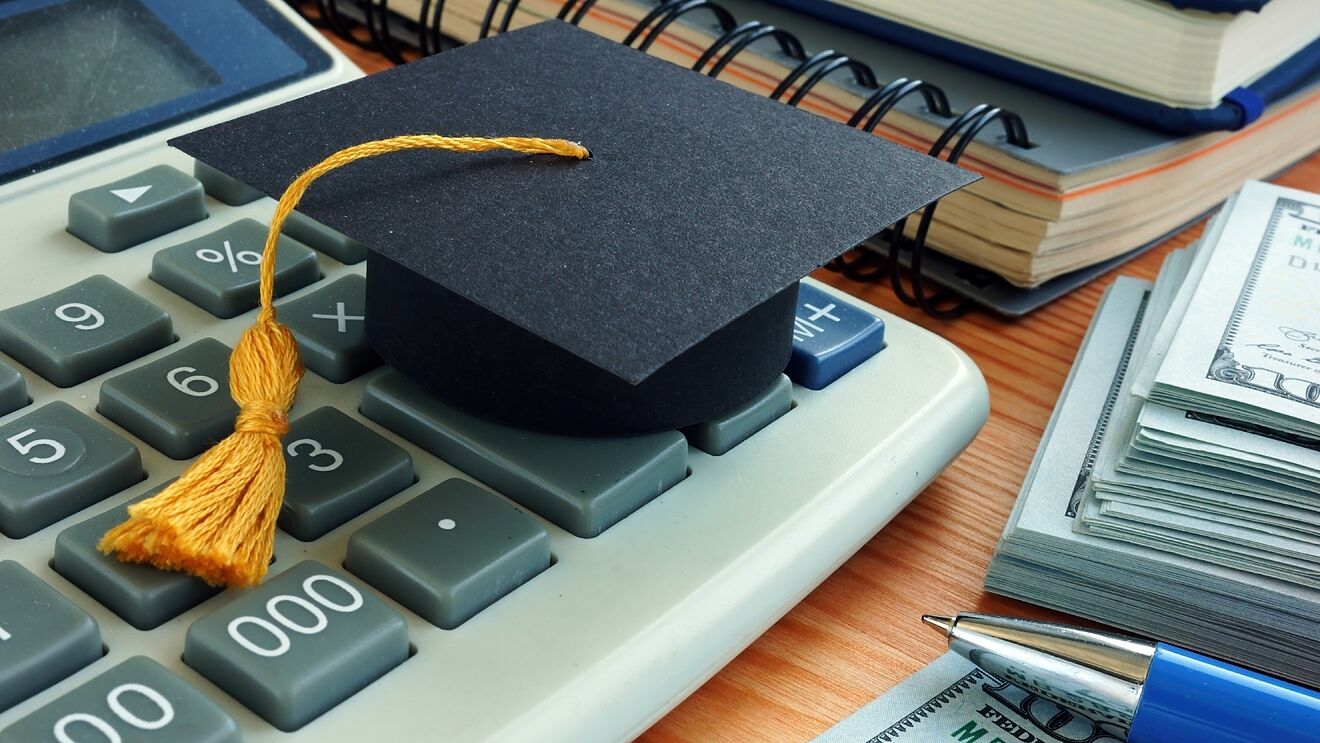How Inflation may Impact Student Loans

A creditor charges a borrower an interest
rate, which is calculated as a percentage of the entire amount borrowed.
The Federal Reserve increases the fed
funds rate, which is the rate at which banks lend to each other, when inflation
goes up. Banks respond by raising loan rates and other financial services for
consumers. The Fed does this to keep inflation in check by making it more
difficult for people to borrow money, which helps to stabilize supply and
demand, bolster the economy, and ideally cut inflation.
How inflation may impact student loans
Many student loan debtors have not made
any repayments in almost two years. In March 2020, the US Department of
Education implemented many relief measures in response to the COVID-19
pandemic, including suspending all federal student loan payments and freezing
interest rates at 0%.
Inflation reached a 40-year high of 8.5
percent in March before easing to 8.3 percent in April. The value
of dollar depreciates during periods of severe inflation, such
as the current one. The
current suspension on federal student loan repayments has been prolonged until
August 31, the sixth time since the outbreak began. While the suspension has
provided immediate respite to debtors, inflation will contribute significantly
once repayments commence.
This deferral period was only supposed to
last a few months at first, but it has since been extended six times since
then. This implies that debtors with federal student loans will are
expected to resume their debt and repayments on Sept. 1, 2022, where they
left off. In any case, the economy has changed dramatically in the
previous two years. Inflation, which is now growing at a rapid rate, has been
one of the most significant developments.
Initial fixed on federal student
loans will not be affected by rate hikes. Borrowers with adjustable-rate
mortgages, on the other hand, may see their rates rise.
The
worth of fixed-rate student loans falls during periods of strong inflation.
According to Mark Kantrowitz,
author of How to Appeal for More College Financial Aid, the worth of a dollar
from 10 years ago is worth more than a dollar today. As a result, as long
as earnings rise in synch with inflation, the debt for a loan taken out in
the past will be worth less today.
Fundamentally, if wages go up at the
same or faster pace than inflation, it will be easier to repay your debt.
Average pay gains, on the other hand, are presently falling behind inflation.
Wages had barely climbed by 5.6 percent since March 2022.
Meanwhile, rising interest rates increase
the cost of borrowing generally, if you have a credit card or are trying
to take out a personal loan. This rate rise will also affect federal student
loans with fixed rates, but it will only affect those who take out
such loans in the future.
Students with current federal student
loans may benefit from fixed interest rates that aren't affected by market
conditions, but private student loan borrowers may not be so fortunate. Most
private student loans, in fact, have variable interest rates that increase over
time.
Sadly, even a 0.5 percent or 1% increase
in interest rates can result in significant increases in monthly payments and
overall interest costs. For example, suppose you're starting payments on a
$20,000 student loan with a current interest rate of 5%. A 10-year payback
plan would result in a monthly payment of $212.13.
Federal student loans have a fixed
interest rate. This indicates that the interest rate will remain constant
during the loan's duration. If
you have a federal student loan, inflation may work in your advantage if your
wages grow in tandem with the rate of inflation, since your debt will
depreciate.


Be the first to comment!
You must login to comment